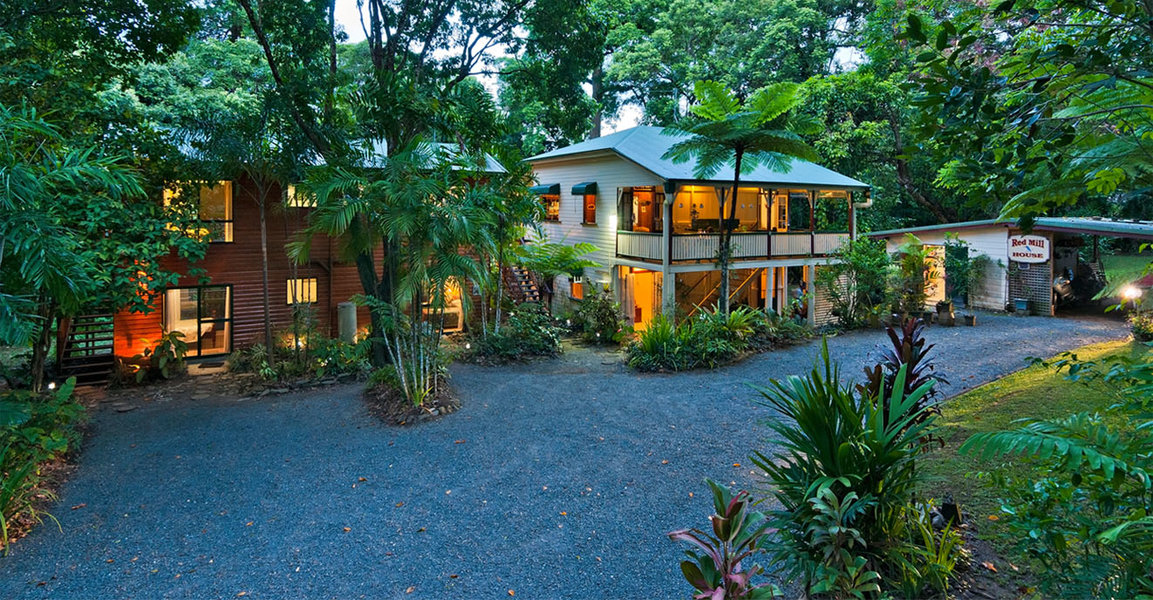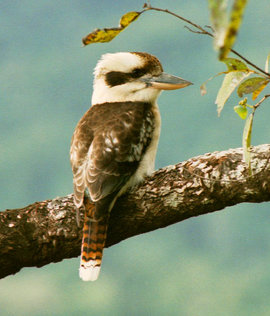
Check Availability
Check Availability
Laughing KookaburraDacelo novaeguineae Size 41-47cm. Australia's largest Kingfisher, the Kookaburra is known throughout the world for it's maniacal laugh. They live in small family groups with a dominant breeding pair and up to several offspring from the previous years. Young birds stay on for up to four years to help defend territory and to help rear and protect the young. The call is the famous laugh, a prolonged series of chortles, shrieks, and cackles rising to a crescendo and then gradually fading. Birds will often sit on the same dominant branch to call, and heads and tails will be lifted. The call advertises territory and all members of the family group will participate. Morning and evening songs are common. Aboriginal legend has it that the Kookaburra's morning chorus is a signal for the sky people to light the great fire that illuminates and warms the earth by day. To imitate the laugh is taboo for the sky people may take offence and plunge the earth back into eternal darkness. The Laughing Kookaburra has a large whitish head with brown on the crown and a heavy brown eye stripe. A large, heavy bill, dark above. Brown back and brown wings with mottled blue, an off-white abdomen and chest. The male often has a blue patch on the rump with a barred tail. The female has a brown rump and a more buff coloured head. Breeds in September to January, nesting in level tree hollows to 20m high, holes in banks or tree-termite nests. The nests are unlined. 2-3 white, roundish eggs are laid. Eggs are incubated for 23-25days by the female and possibly others in the family group. The young fledge at 32-37 days and are dependent for another 13 weeks. All members of the family group share parenting duties. Because of the slow breeding, there is only one clutch per season. Flight is direct. Feeding is often by flying to the ground from a vantage point and catching insects and small invertebrates. The kookaburra will eat reptiles, frogs, insects, rodents and small birds, including fledglings. The prey is eaten whole, after being beaten first if large. Kookaburras will easily become relatively tame if fed and will often wait for food. Habitat for Laughing Kookaburras in the tropics is open forests, woodlands, riverine rainforest and paperbark swamps. They are common and sedentary. A family group of five Laughing Kookaburras can be seen by Daintree birdwatchers in the garden of Red Mill House and surrounds. Other groups can also be seen along the power lines on the approaches to Daintree and along Stewart Creek Road.
|





